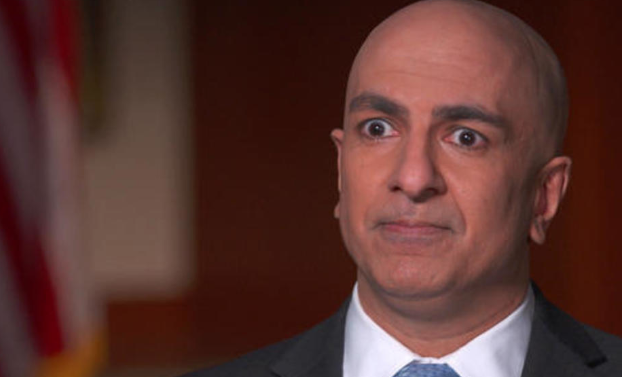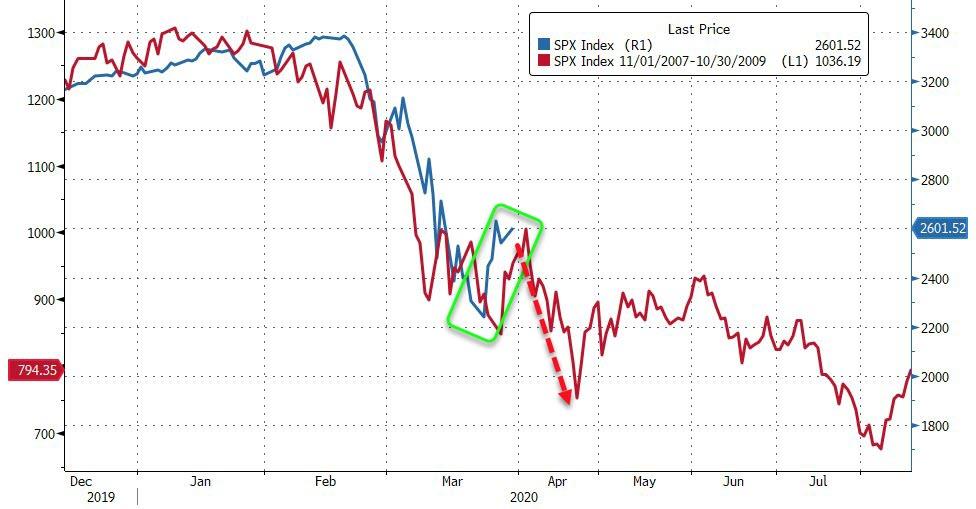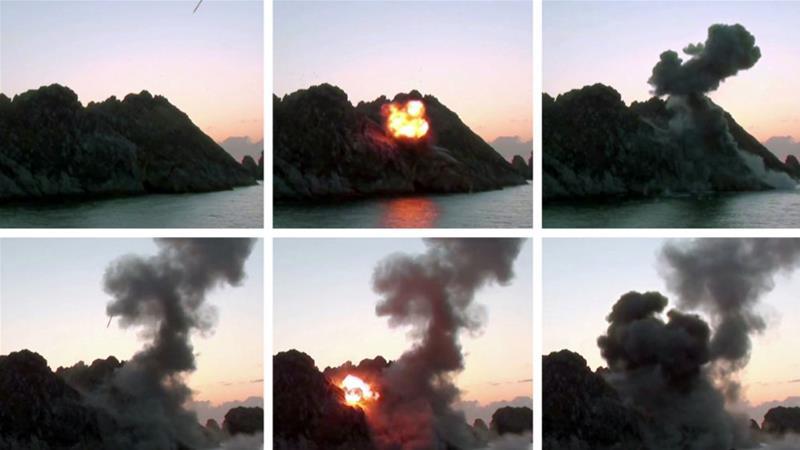On September 14, 2018, The New York Times reported the existence of an unverified sexual misconduct allegation against Supreme Court nominee Brett Kavanaugh. The story cited three people who had read a letter sent by the accuser—Christine Blasey Ford—to Sen. Diane Feinstein (D–Calif.). Ford was not interviewed for the story; indeed, she wasn’t named.
Unconfirmed reports of a teenaged Kavanaugh assaulting a teenaged Ford evidently merited coverage from The Times. This prompts an obvious question: Why is the paper of record now declining to publicize a very troubling allegation against former Vice President Joe Biden?
The Times is hardly alone in this regard. The mainstream media have remained baffling silent about Tara Reade, a former member of then-Senator Biden’s staff who claims that he sexually assaulted her in 1993. Reade’s name has only appeared twice in The Washington Post, and both were quick asides: A news roundup from April of last year briefly acknowledged an earlier, milder version of Reade’s accusation, and a recent rapid-fire Q&A asked a Post political reporter to weigh-in on the political ramifications “of the Tara Reade bombshell.” (The nature of the bombshell is not described.)
And while the coronavirus pandemic is obviously dominating news coverage, CNN has made plenty of time for Biden. Chris Cillizza is still ranking Biden’s potential veep choices, and the network conducted a virtual townhall event with the candidate last Friday. Reade’s name didn’t come up, and it has never appeared at CNN.com. At NBC, it’s the same story: Chuck Todd interviewed Biden but didn’t ask about the allegation.
Reade’s story has garnered some coverage elsewhere, most noticeably from The Hill and The Intercept. Some left-leaning news sites—The Huffington Post, Vox—have written about it, and of course conservative media are all over the story. But the biggest mainstream print and TV outlets are, at present, silent.
I am not the only one to notice this. The Columbia Journalism Review notes that “media outlets on both the left and the right have covered Reade’s claim, yet mainstream news organizations have mostly avoided it.” That article links to a piece in The Guardian—part of a recurring feature called “The Week in Patriarchy”—that suggests the media may be ignoring the story because Reade’s accusations will be “difficult to prove.” To its credit, the Guardian piece acknowledges that if this would be inconsistent with how the Kavanaugh accusation was handled.
That’s what’s most frustrating about this lack of mainstream coverage. Ideally, all media outlets—mainstream or otherwise—would tread carefully with respect to decades-old accusations. They would not rush to publish unverified rumors, instead carefully vetting them to the best of their ability. They would consider whether every salacious or scandalous detail of an important person’s past is worth revisiting.
Perhaps that’s what reporters at The New York Times, The Washington Post, and other outlets are doing. (I have heard it third-hand that various stories might be in the works, but nobody at those publications would confirm anything to me.) But Reade has already come forward. She has already identified herself and told her story. At this stage in the process of the Kavanaugh accusation’s public reveal, the mainstream press was already actively covering it.
As I wrote last week, there’s a case for taking Reade’s accusation more seriously than Ford’s, since the behavior described by Reade (penetrative sexual assault during Biden’s Senate years) is even worse than what was described by Ford.
And while it’s certainly true that there’s currently a global pandemic unfolding, that isn’t a good excuse to avoid discussing Reade. In fact, there’s some reason to proceed quickly: The Democratic Party will soon nominate Joe Biden to be its presidential candidate, but Sen. Bernie Sanders (I–Vt.) is technically still in the race, and he is still making the case that he should be the one to face President Donald Trump in November. Whether or not Biden is credibly accused of sexual assault is extremely relevant to this rapidly approaching decision point. This seems only slightly less urgent than covering Kavanaugh’s alleged misbehavior during the period immediately before his confirmation to the Supreme Court.
If the media’s rule is this—We’re going to proceed extremely cautiously when revisiting unverified sexual misconduct allegations that are several decades years old—then fine. But that’s a new rule, isn’t it?
from Latest – Reason.com https://ift.tt/3bIlAm5
via IFTTT


